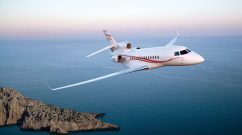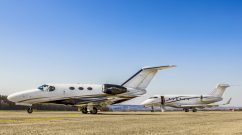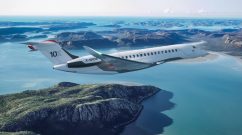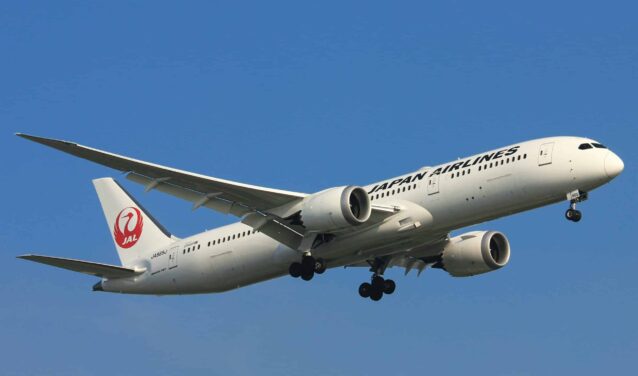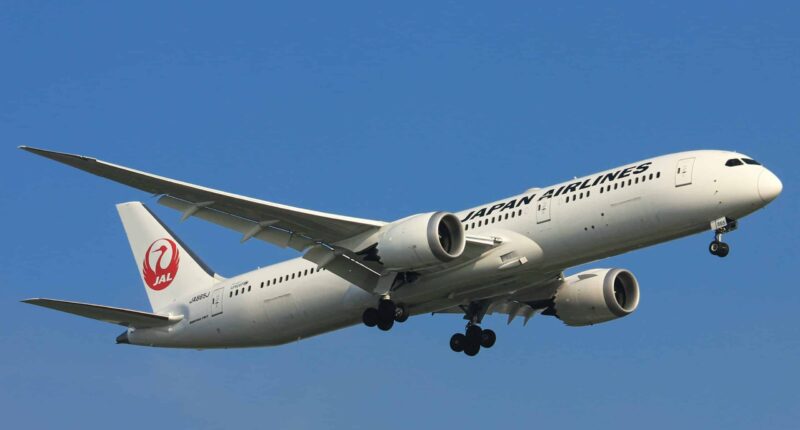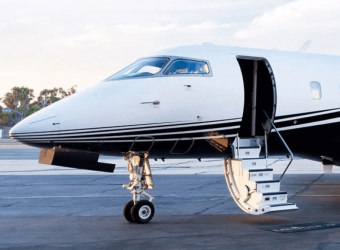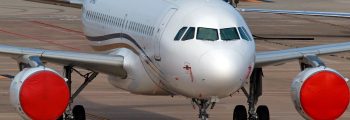Description of Boeing 737-700
The Boeing 737-700 is an airliner developed by Boeing and introduced in the 1990s. With significant improvements in performance, fuel efficiency and comfort, it represents an asset forbusiness aviation. As a result, its position in the airliner market is prominent, rivaling that of theAirbus A319. It promotes reliability, comfort and speed. This airliner combines modernity and performance. Thanks to its long-haul capability, it is developing an important place among private jets.
Boeing 737-700: a historic airliner
Key dates
November 1993: official launch in response to growing demand for more efficient, high-performance aircraft February 9, 1997: first flight December 7, 1997: entry into service and certification by the Federal Aviation Administration (FAA)
Key figures
Approximately 1,128 units delivered since launch, with many units still in service today around the world Approximately 7,000 Boeing 737-700s in service as of 2018
Boeing 737-700 interior
The cabin features adjustable LED lighting that mimics natural light cycles, and larger baggage compartments. Similarly, the side walls are sculpted to create a feeling of extra space. Seats are designed to be more ergonomic, with power sockets and USB ports to suit passengers’ needs. In-flight entertainment (IFE) systems are integrated into the seat backs and are available via on-board Wi-Fi. Passengers have access to a wide range of films, music and TV programs. The cockpit of a Boeing 737-700 is designed for safe and efficient operation by the flight crew. The instrument panel contains a wide range of instruments and controls, including flight instruments such as :
- Altimeter
- Airspeed indicator
- Attitude indicator
- Navigation instruments
Similarly, the various system management and autopilot controls enable automated flight control when activated. Layout and design prioritize ease of use and accessibility to ensure efficient operation of the private jet in a variety of conditions.
